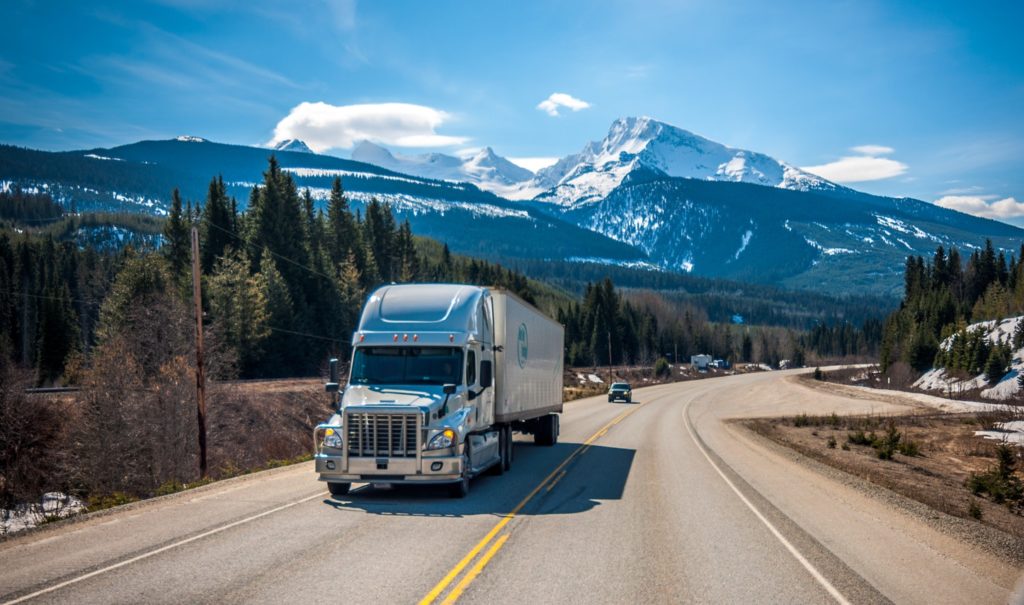How the Transportation Industry Has Changed

Trucks did not always rule the road. In fact, before the first truck rolled out of the Winton Motor Company factory in 1899, train or horse-drawn buggy delivered freight. The first trucks that were used until WWI where limited by the load size and capacity and used primarily for short haul and urban routes.
Around 1920, several advancements went into the industry to include pneumatic tires; diesel engines, standardization of truck and trailer size as well as the invention of the fifth wheel coupling system and power assist breaking.
During the 1930’s regulation crept into the industry. In 1933 the American Highway Freight Association and the Federated Truck Association of America met to discuss and create a “Code of Fair Compensation”. Later these two groups would combine to become the American Trucking Association (ATA). By 1938, the first Hours of Service had come into effect and limited the amount of driving time for bus and tractor-trailer drivers.
After WWII, President Eisenhower, created the Interstate Highway System. This linked the freeway systems to major cities across the American plains and for a first time ever facilitated the trucks ability to travel to areas they could not access before, bringing freight to and from small towns.
In 1964 more regulation came to the industry when gross weight limits were determined using a new bridge formula table instead of the old static upper limit test but it would be another ten years until the Federal Aid Highway Amendment set the gross weight limit at 80,000 lbs. During those years another advancement came to the trucking industry, this time in the form of romanticizing the truck culture with thoughts of cowboys and modern day outlaws brought to us by the music and movies of the era like Convoy, White Line Fever, and Dual. By 1977 Smokey and the Bandit was the 3rd highest grossing film only to be beaten at the box office by Star Wars and Close Encounters of the Third Kind. An estimated 18 million truckers where on the road by this time and just starting to feel the effects of the ever creeping fuel cost and shortages.
The Motor Carrier Act of 1980 brought deregulation to the transportation industry and allowed individual motor carriers more freedom in regards to setting their own rates. More Americans were getting into the industry than ever. No longer was it a manly man’s job with few showers and amenity’s between runs. Now we started to see husbands and wives hit the road together. But even with all of the truck stops that provided showers and hot meals, the industry still had its share of hardships that would persist until the mid-1990’s.
Read More: Trucking Forecast Looks Promising for 2019
Almost overnight, technology shot into the industry changing it forever. Although road atlases became no less valuable, most where switching over to Navistar GPS. Paper logbooks became electronic and pay phones disappeared in time. No longer did drivers look for a spot to park, gather their coins and hope that the pay phone worked or worse that they would have gum on the receiver. Now with cell phones, calls to dispatch and family could be made at any time. The Face Time app and Skype allowed us to see and talk to our children and even the ability to read them a bedtime story. Satellite radio meant you no longer had to find a new radio station every 50 mile but could now listen to your favorite program from coast to coast. From flat screen TVs to laptops, all of the creature comforts were being met.
Trucking was changed forever. No longer limited to the confines of the truck, internet now allows drivers to take college courses online. No longer was the industry looked at as a lonely truck and a dark road in a distant town. The ability to reach out globally was a game changer. The limit to what could be achieved was now only limited to the imagination of the driver.
